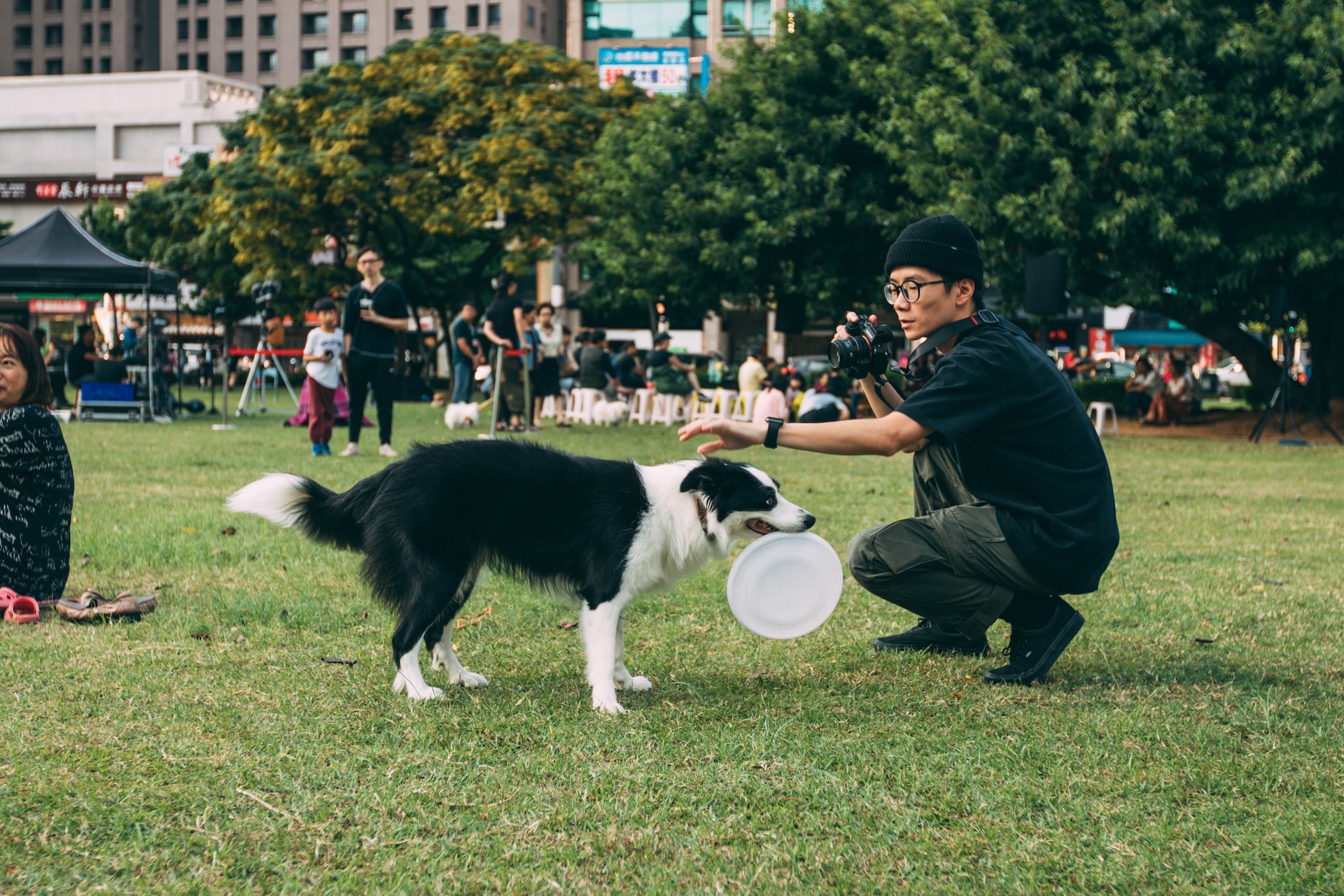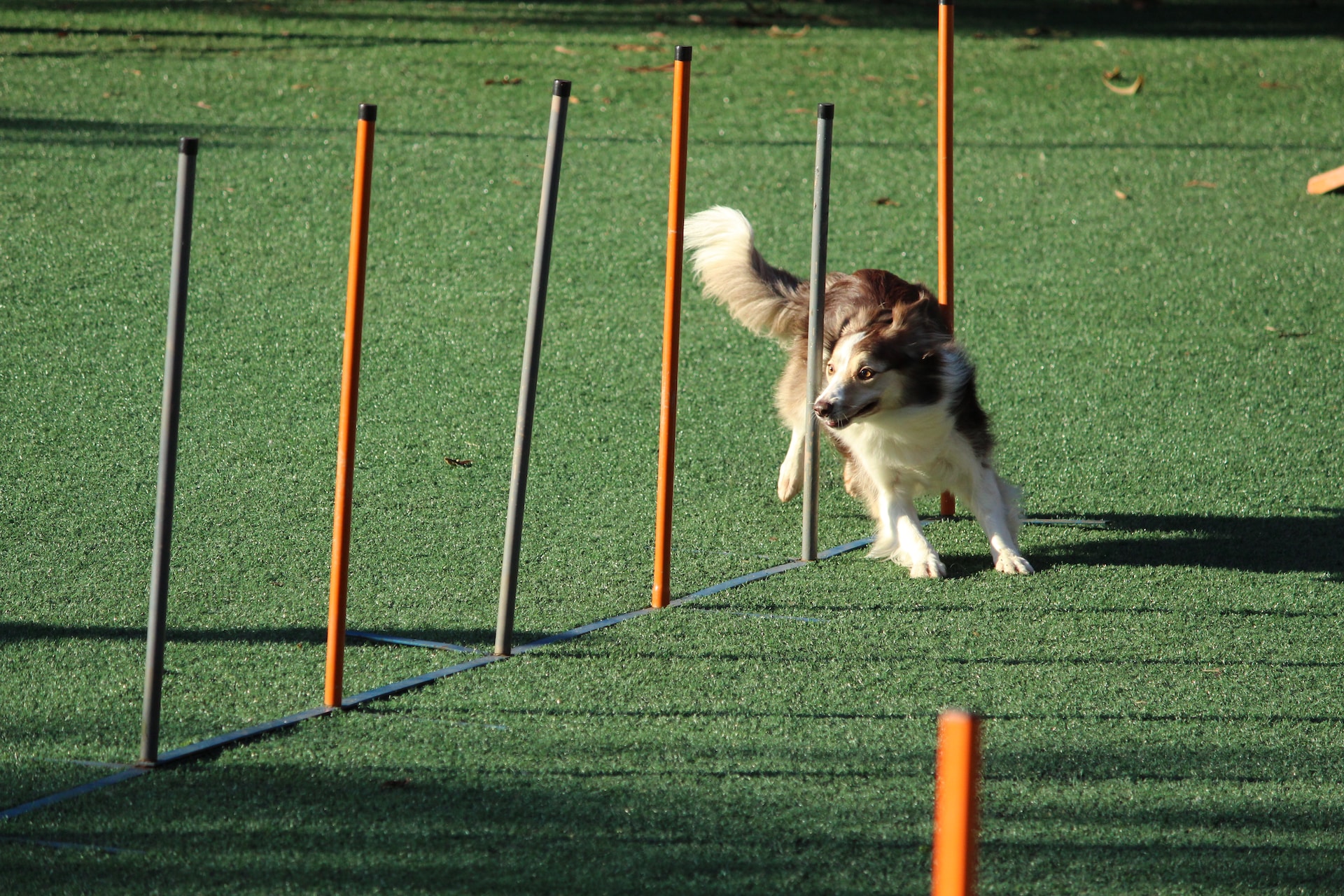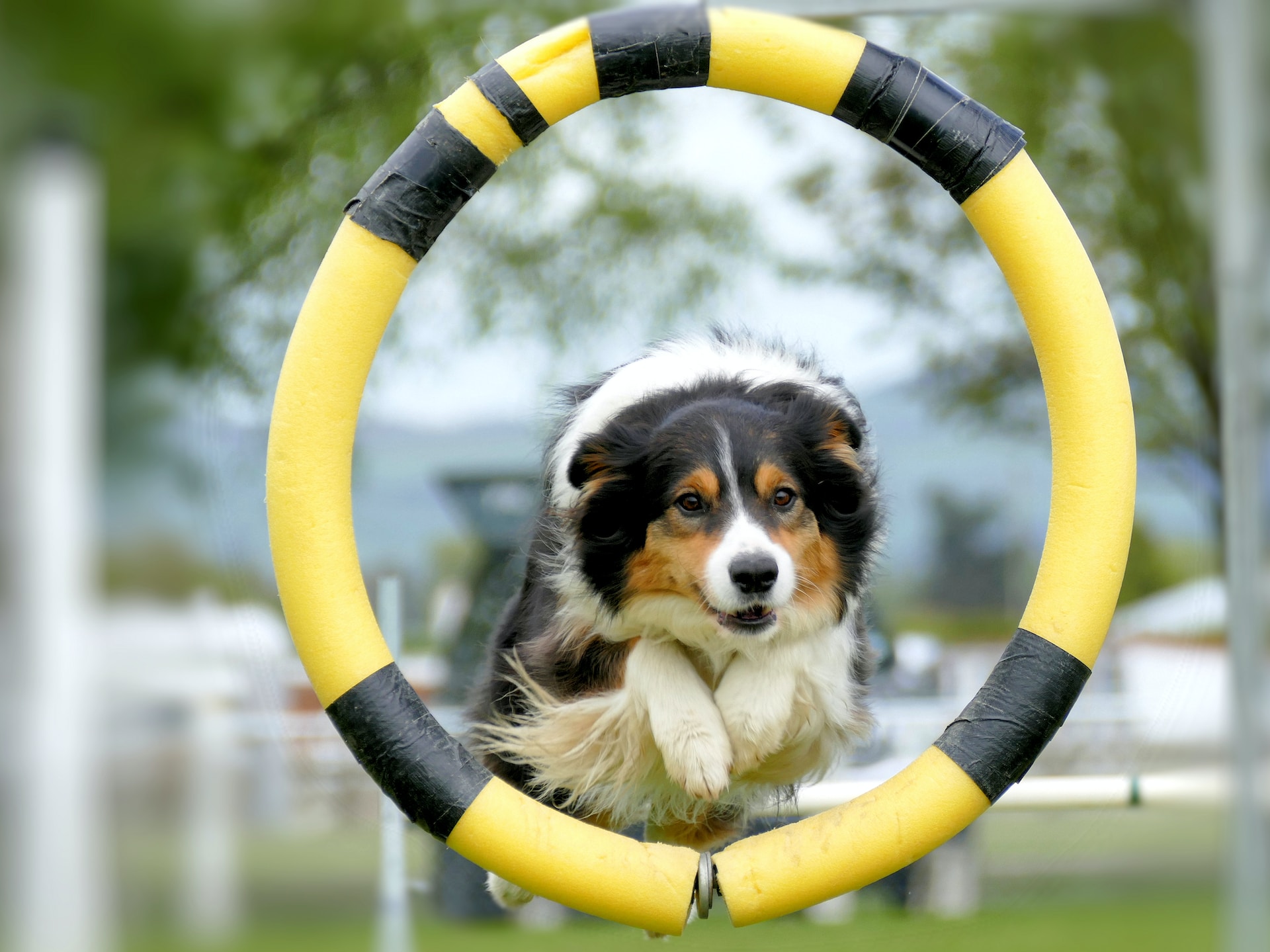Dog training is a crucial stage in a dog’s life, because it establishes a relationship of trust and harmony between the animal and its master. To achieve this goal, there are a few secrets that every dog owner should know.
First of all, it is essential to understand that each dog is unique, and therefore requires a personalized approach. There is no universal training method that suits all dogs. It is therefore crucial to observe your dog carefully, understand its needs and adapt accordingly. By developing clear and caring communication with your dog, you will be able to train him effectively.
One of the keys to successful training is patience. It is important not to be discouraged by any difficulties encountered. Training a dog can take time, and remaining persistent and positive is essential. Reward every little progress your dog makes, this will encourage him to continue his efforts.
Another important tip is to know your dog’s specific needs in terms of physical and mental exercise. Some dogs need a lot of exercise to keep them energetic and balanced, while others will need brain games to stimulate their intellect. By taking these needs into account, you will be able to plan activities adapted to your dog and thus strengthen your bond.
Positive reinforcement is also an essential element in dog training. Using rewards, such as treats or verbal praise, helps encourage and motivate your dog to behave well. By avoiding punishment and emphasizing rewards, you will encourage your dog to perform the desired behaviors. Training will then become a positive experience for him, thus strengthening your relationship of trust.
Dog training isn’t just limited to basic commands like “sit” and “down.” It may also include socialization exercises to teach your dog how to interact properly with other animals and humans. Training will allow your dog to feel comfortable in different everyday situations.
Finally, remember that dog training never ends. It is important to continue to maintain your dog’s skills throughout his life. Regular booster sessions, for example, will help strengthen your dog’s obedience.

Deciphering your dog’s subtle signals
When we talk about training, we often think of commands, rewards or even behaviors to instill. But a dimension often neglected, but just as essential, is the master’s ability to read and understand the signals that his dog sends him. In reality, good training goes beyond simple commands, it is a dialogue between the dog and its owner.
Dogs have very expressive body language. However, this language can vary from dog to dog, and it is essential for an owner to understand what their pet is trying to tell them. For example, tail swaying is not always a sign of joy, it can also indicate worry or irritation.
Knowing how to decipher these signals is a fundamental step in establishing a harmonious relationship. By responding appropriately to these signals, you avoid misunderstandings that can lead to anxiety or unwanted behaviors. Imagine your dog licks his lips and looks away when you look into his eyes. These signs are calming signals that your dog uses to tell you that he is not comfortable with direct eye contact. Responding gently and avoiding staring intensely can help reassure him.
Additionally, paying close attention to the signals your dog sends can also make training easier. For example, a dog who scratches frequently during a training session may express that he is confused or frustrated. By recognizing this sign, you can adapt your approach, take a break, or simplify the command to make it clearer.

The importance of emotions in dressage
When we focus on the practical aspects of training, we can sometimes forget the crucial role emotions play in a dog’s learning and behavior. Understanding your dog’s emotional state can greatly influence the effectiveness of your training sessions and strengthen your relationship.
The emotional state of a dog can have a considerable impact on its ability to learn. An anxious or frightened dog will have difficulty focusing on commands and responding appropriately. So, before even starting a training session, it is essential to ensure that your dog feels safe and comfortable in his environment. A relaxed and confident dog is much more receptive to teaching.
Likewise, it is essential to take your own emotions into account when training. Dogs are excellent observers and can easily pick up on their owner’s mood. If you are frustrated or impatient, your dog will sense it. This can make him nervous and less likely to collaborate. On the other hand, a calm and positive attitude will promote harmonious learning.
THE positive emotions can be used as powerful tools during training. Rather than simply rewarding your dog for a deed well done, work to create a joyful and rewarding experience. This could include games, enthusiastic praise, or even relaxing after a productive session. A dog who associates training with pleasant moments will always be more motivated and engaged.
Finally, it is crucial to remember that each dog is an individual with their own emotions and feelings. What works for one dog may not work for another. Being attentive and empathetic towards your four-legged companion is the key to establishing a relationship of mutual trust and successful training.













